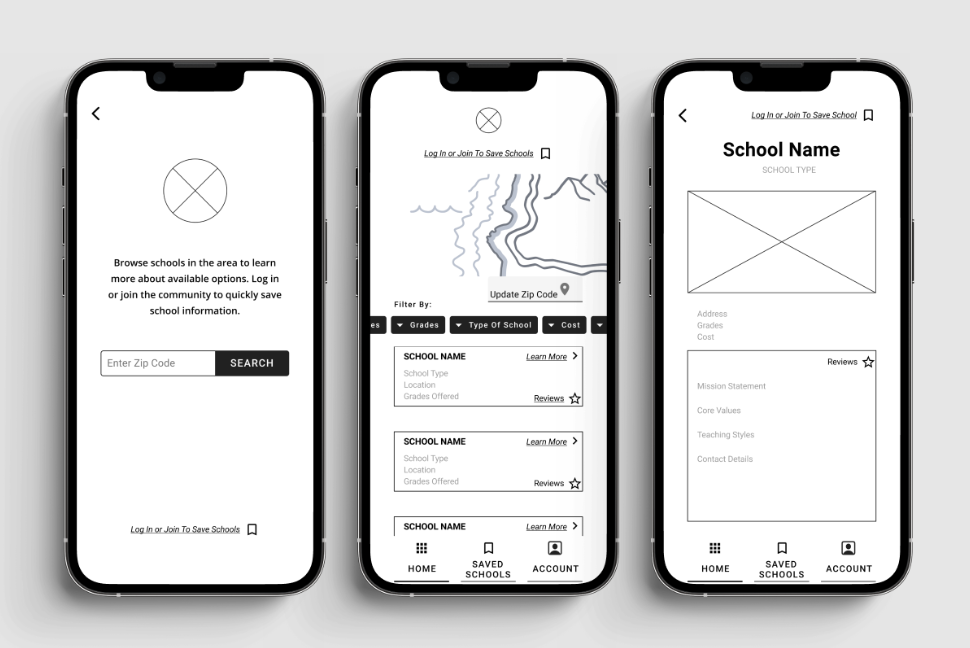5 Tips for Selecting the Perfect School Mobile App

In an increasingly digital world, integrating technology into education is no longer an option but a necessity. Among the plethora of educational tools available, mobile applications have emerged as a leading resource for enhancing learning and communication within school communities. So, how do you choose the perfect school mobile app? Here are five tips to guide you in making this critical decision.
1. Prioritize User Experience
The first rule of thumb when choosing an app for your school is to prioritize user experience. An application that’s easy to use, intuitive, and provides a good user experience is more likely to be adopted by the school community. Teachers, students, and parents should find the application straightforward and enjoyable to use. This includes aspects such as easy navigation, clear instructions, and a visually appealing interface.
While school websites serve as a hub for information, a well-chosen mobile app can streamline communication, foster engagement, and personalize learning experiences.
2. Seek Integration with Existing Software
Integration capability is another vital consideration. A suitable educational app should be able to work seamlessly with other software systems already in use at the school. This ensures a smooth flow of data between platforms, reducing redundancy and promoting efficiency.
3. Evaluate Key Features
It’s important to delve deeper into the specific features of each potential app. Look for attributes that support the course content and promote a systematic learning process. For instance, interactive elements, multimedia support, progress tracking, and personalized learning paths can greatly enhance the educational experience.
4. Promote Accessibility
In today’s diverse classrooms, it’s critical to select apps that are accessible to everyone, regardless of their abilities or tech-savvy. This means the app should be designed with universal design principles in mind, making it usable for all students. In addition, the app should be compatible across different devices and operating systems, ensuring no one is left out.
5. Research and Reviews Matter
Before settling on any educational app, take the time to read reviews and conduct thorough research. This will give you insights into the experiences of others and help you anticipate potential challenges. Also, consider reaching out to other schools using the app to gain firsthand feedback.
As you navigate through the selection process, remember that the ultimate goal is to enhance the learning environment and communication within your school community. By carefully considering user experience, integration capabilities, key features, and accessibility, and conducting diligent research, you’re well on your way to selecting the perfect school mobile app.
